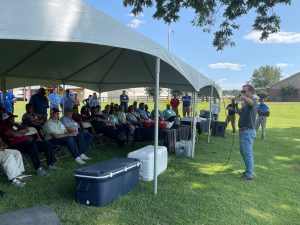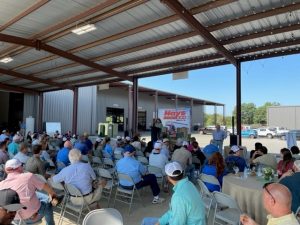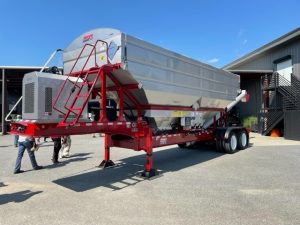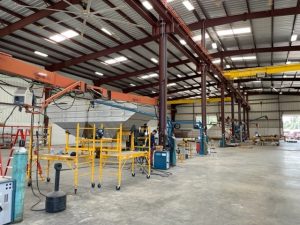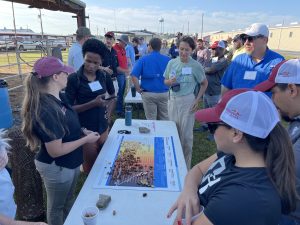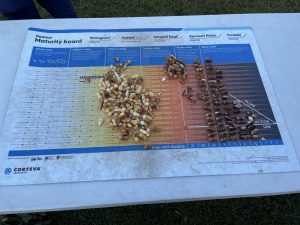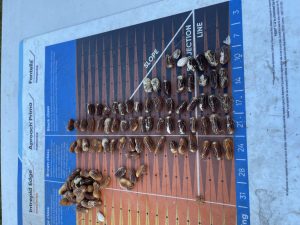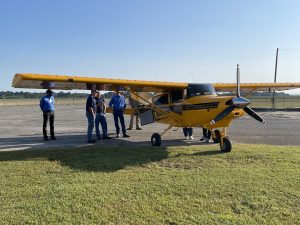Tim Brenneman is a plant pathologist at the University of Georgia and the 2022 Georgia Peanut Tour Chairman. On the tour, he discussed some of the research he does for the National Peanut board and this work is based on helping breeders develop the best varieties for disease resistance. They are looking for an input that will take fewer applications of fungicide and be more economical to produce. Most of the lines that they grow are developed by the USDA, University of Georgia, or University of Florida as well as have some private breeders like ACI Seeds. Brenneman does a screening project each year where he accepts entries from any of the breeders and he puts them together in a nursery field where they particularly cultivate diseases and can evaluate the relative susceptibility of all the different lines. It is a chance for all the breeding programs to have things together in one comparative screen. He then uses that data to advise growers on the relative susceptibility of the lines once they’re released and growers start growing them in the field.
He showed the tour attendees some of the work that has been done in that department since they have some good disease starting to develop. The participants on the tour were also able to see some of the big differences in some of the cultivars that they are growing. There is a wide variety that he has in terms of cultivar selection and that’s very important as it is one of the foundations for our industry.


